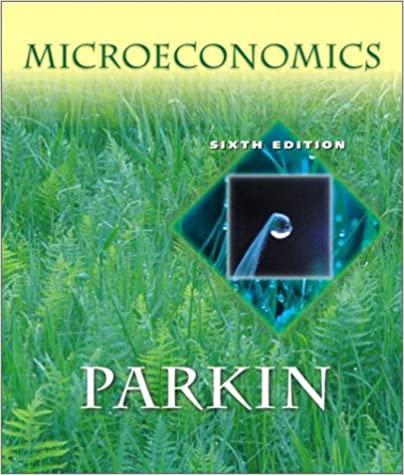Answered step by step
Verified Expert Solution
Question
1 Approved Answer
Buy P 1-P Low Cost High Cost Purchase Cost C1 = 35,000+ 0.08 x 2,500,000 C2 = 35,000+ 0.12 x 2,500,000 C3 = 200,000 An
Buy P 1-P Low Cost High Cost Purchase Cost C1 = 35,000+ 0.08 x 2,500,000 C2 = 35,000+ 0.12 x 2,500,000 C3 = 200,000

Step by Step Solution
There are 3 Steps involved in it
Step: 1

Get Instant Access to Expert-Tailored Solutions
See step-by-step solutions with expert insights and AI powered tools for academic success
Step: 2

Step: 3

Ace Your Homework with AI
Get the answers you need in no time with our AI-driven, step-by-step assistance
Get Started


